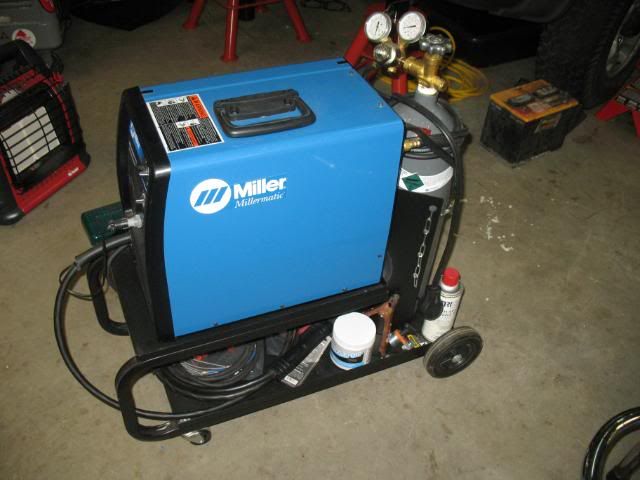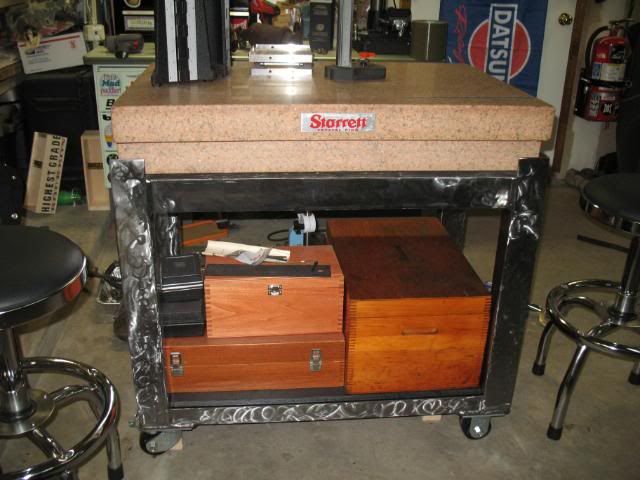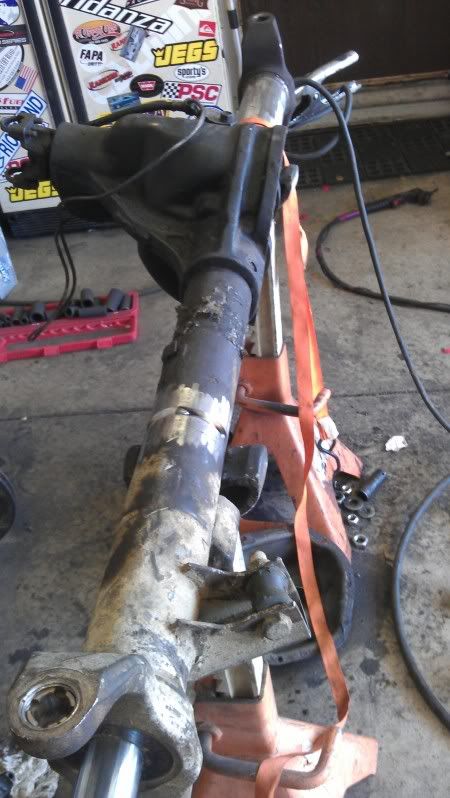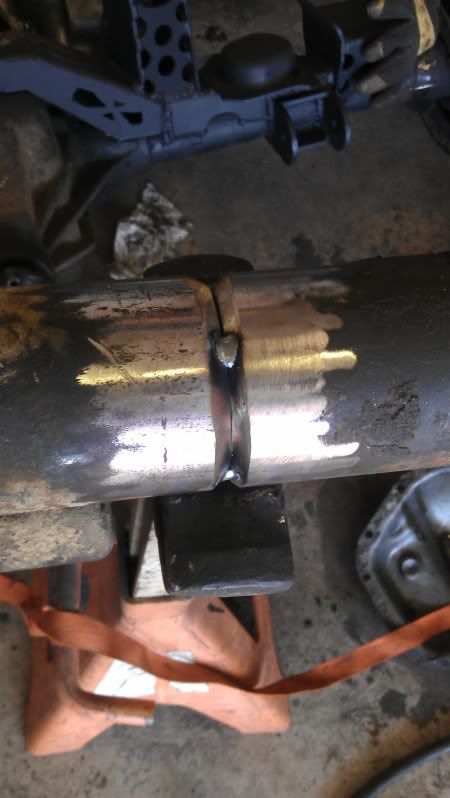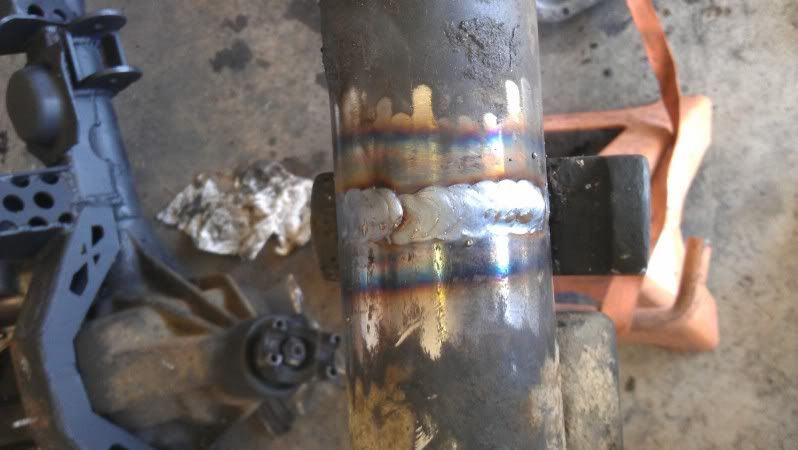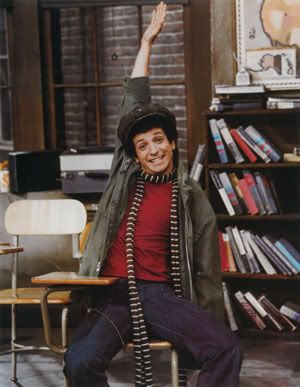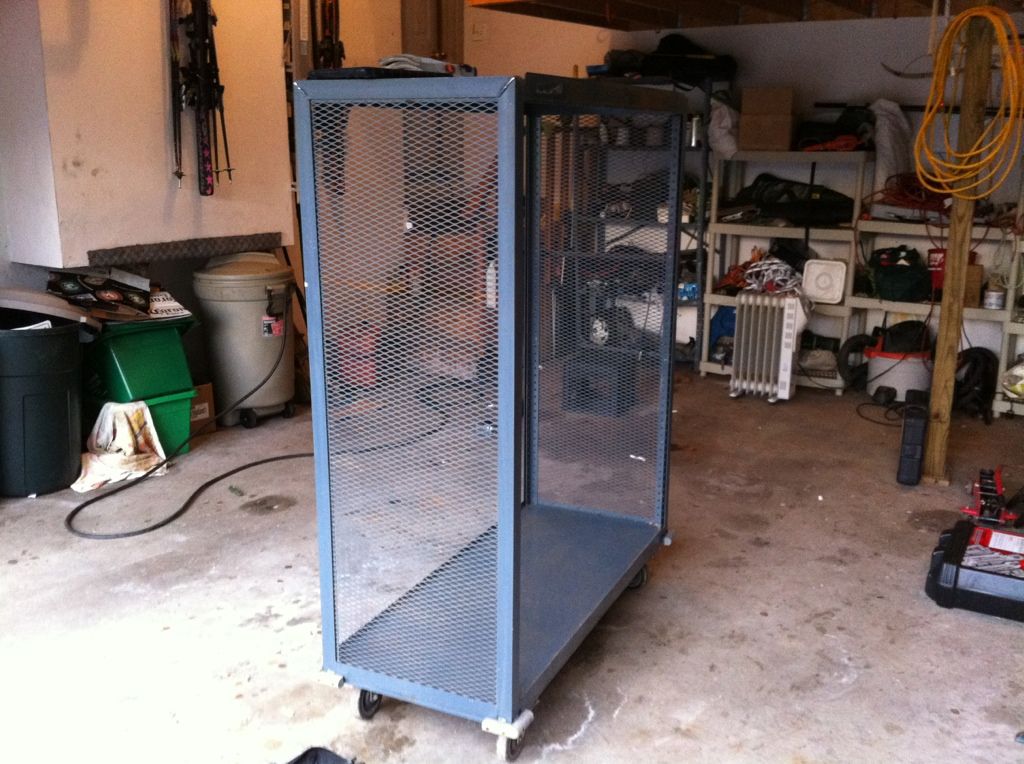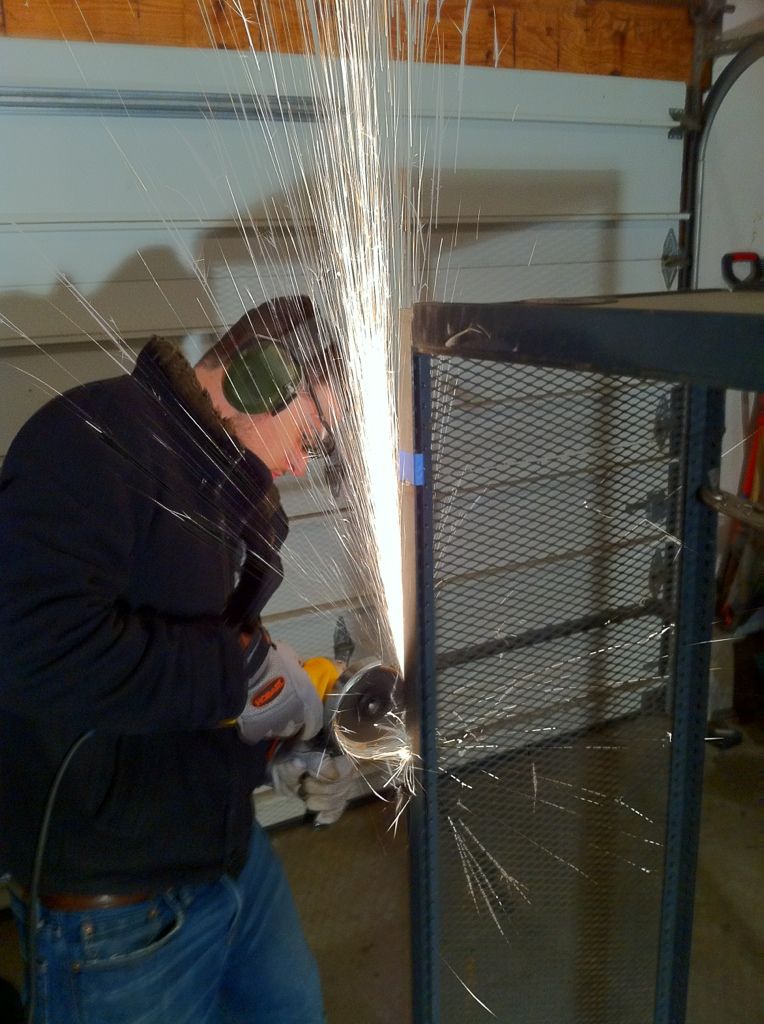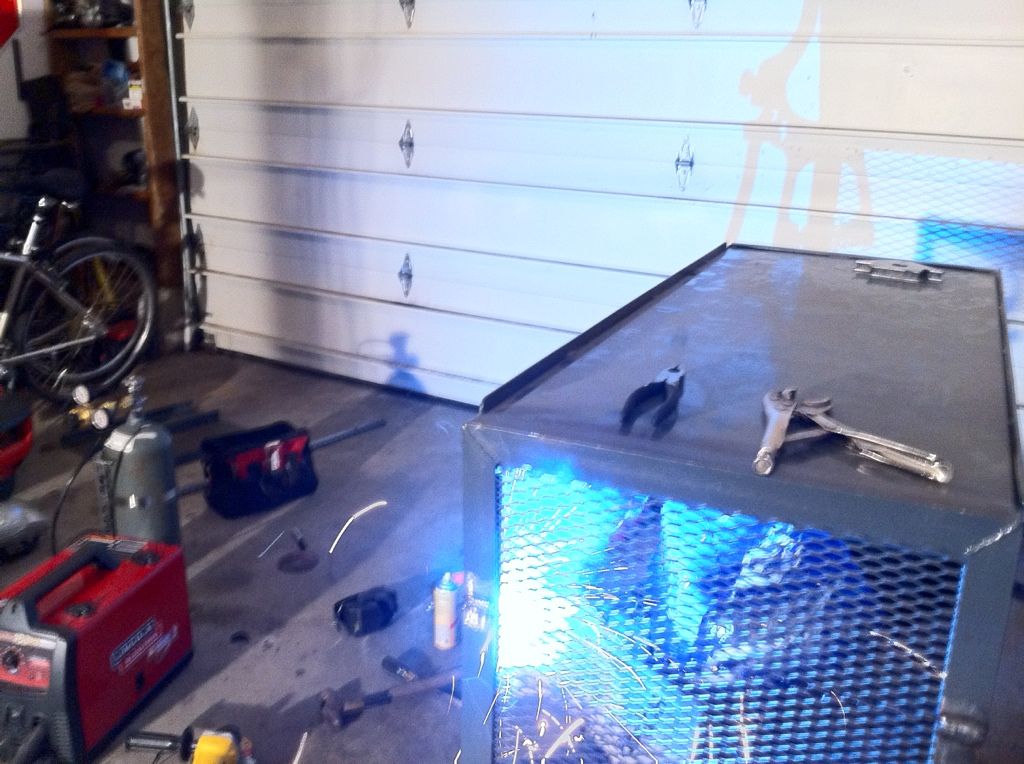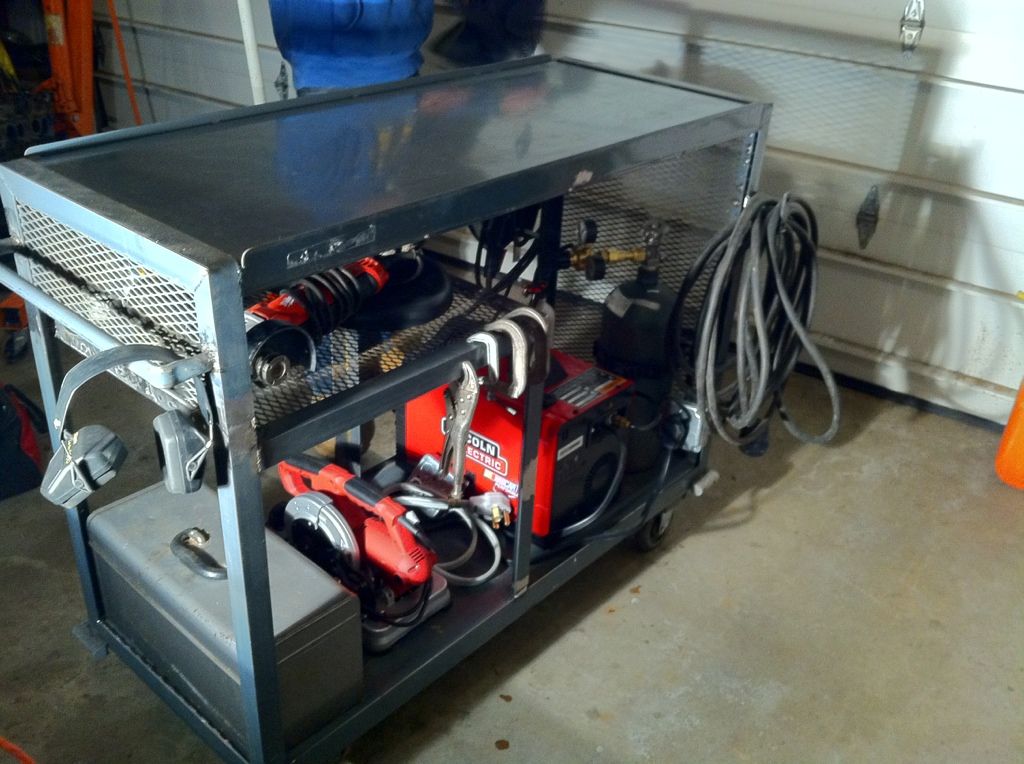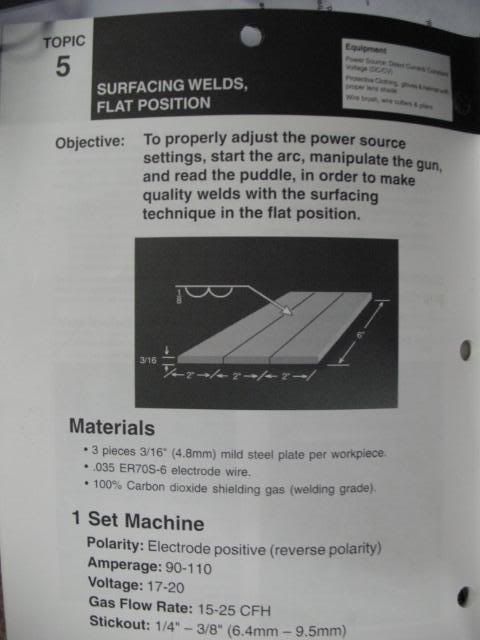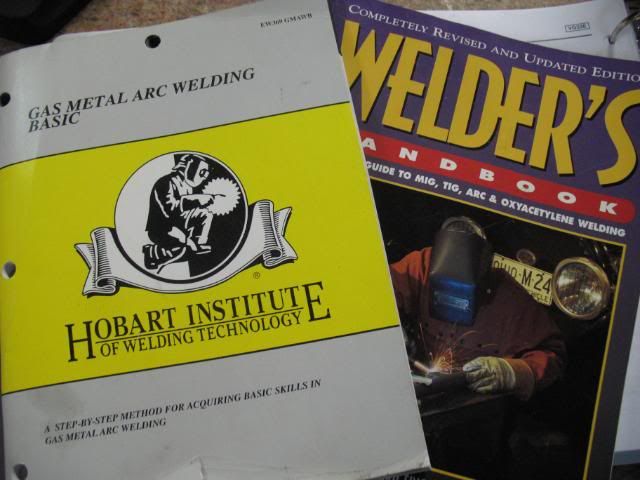- Location
- West Haven, UTAH
Been welding for a living, or at least a good part of my job since I was 14 (yikes, like 35 years now???).
For most the stuff we do automotive-wise, Best to go MIG. Easiest to learn.
Just stay away from the cheap ones. 220volt with shielding gas is the best choice, but it will be a little pricey.
I've got a Miller 250 out in my shop that I've had in a few different shops for over 25 yrs and virtually NO repairs or problems.
Pretty much used most brands, but very partial to Miller.
ARC, I most use for structural welding, Heavy large stuff (harder to learn on for sure).
TIG, love it and beautiful, controlled welds, but SLOW and not needed for most of what we're doing. VERY expensive equipment-wise too.
I have all 3 in my shop, but mostly use MIG, TIG and ARC in that order.
Took welding in college and structural cert.
At present job, wanted me to get more certs, so I took night classes at the ATC and would recommend that above about anything else.
Also studied CAD at the ATC, and appreciate how they let you work at the speed & level of where you're already at.
For most the stuff we do automotive-wise, Best to go MIG. Easiest to learn.
Just stay away from the cheap ones. 220volt with shielding gas is the best choice, but it will be a little pricey.
I've got a Miller 250 out in my shop that I've had in a few different shops for over 25 yrs and virtually NO repairs or problems.
Pretty much used most brands, but very partial to Miller.
ARC, I most use for structural welding, Heavy large stuff (harder to learn on for sure).
TIG, love it and beautiful, controlled welds, but SLOW and not needed for most of what we're doing. VERY expensive equipment-wise too.
I have all 3 in my shop, but mostly use MIG, TIG and ARC in that order.
Took welding in college and structural cert.
At present job, wanted me to get more certs, so I took night classes at the ATC and would recommend that above about anything else.
Also studied CAD at the ATC, and appreciate how they let you work at the speed & level of where you're already at.


